Pulitzer Center Update December 28, 2023
Top Ten '1619' Resources of 2023
Country:
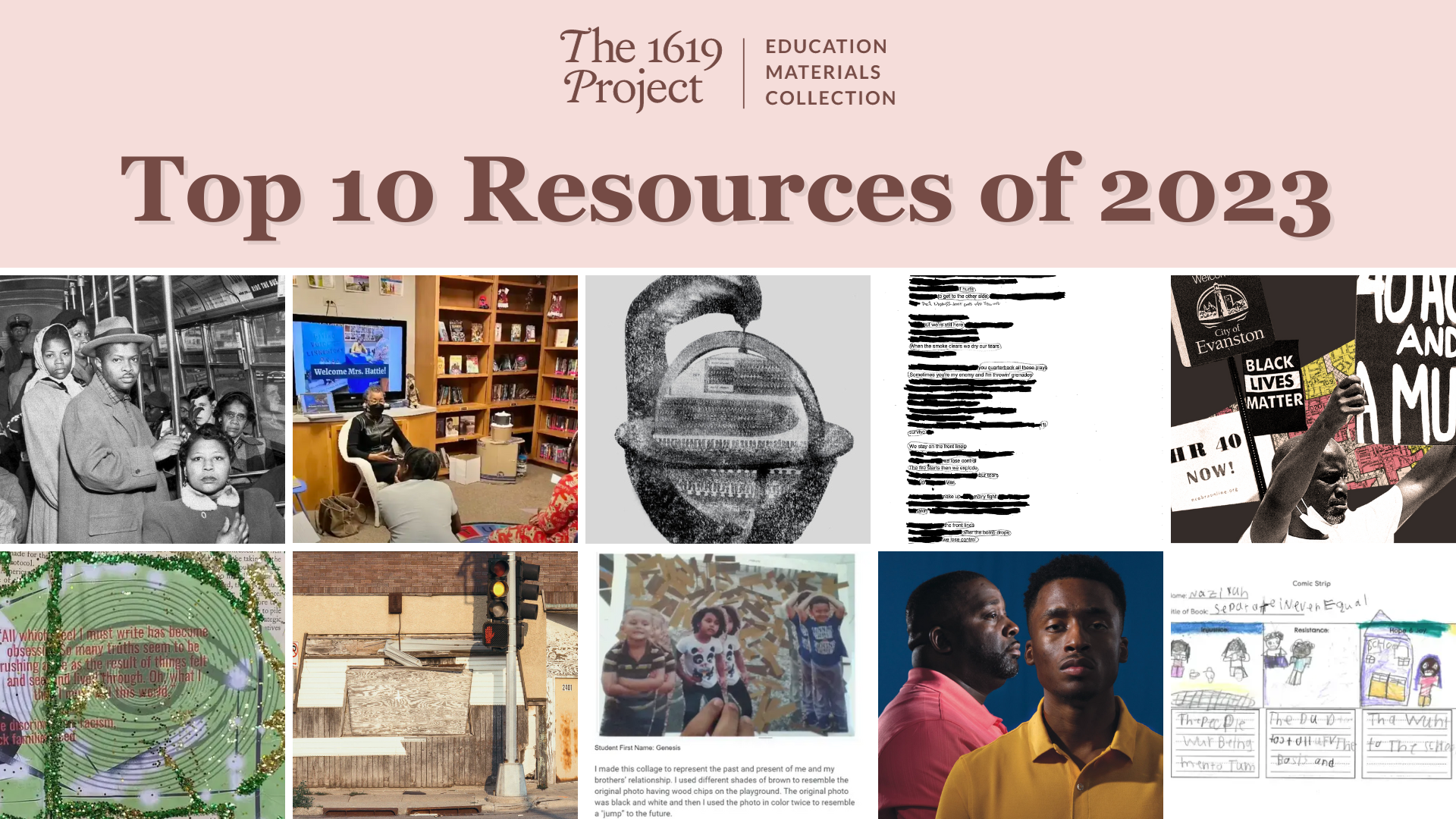
2023 was an incredible year! We started the year with the publication of guides to coincide with the release of each episode of the The 1619 Project docuseries. In February, we hosted our second 1619 Education Conference, which featured panels from members of our Education Network and keynotes from Martha Jones and Ibram Kendi. Over the summer, we conducted workshops at the Reimagining Education, NAMLE, and Teaching Black History conferences. Our community expanded in May as we welcomed our historic third cohort of the 1619 Education Network. Since then, we have been partnering with this group of educators to create and implement new unit plans. In the intervening months, we had the pleasure of publishing the units created by the 2022 cohort of our Network.
In celebration of the brilliance and power of the work that the 2022 cohort has done, and that the members of our Network continue to do, we are highlighting the ten most accessed resources of the year! Complete with detailed lesson plans, teaching materials, and student work exemplars, these units are available for educators everywhere to adapt and share with the students in their lives.
1. Reparations Math and Reparations History
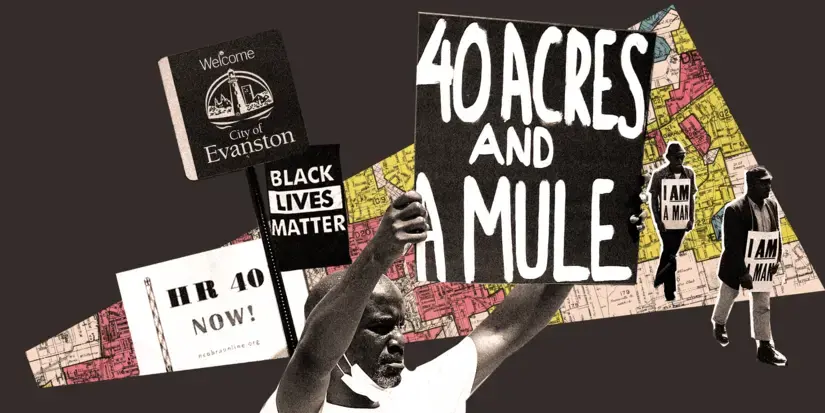
In this interdisciplinary unit created by Boston-based educators, the fields of history and mathematics collide. This unit allows students to determine whether they believe the United States government should pay reparations for its use of enslaved labor. Over the course of this unit, students analyze the ways that various industries, such as sugar, grew out of slavery and how this led to the wealth gap for Black Americans by reading and analyzing essays and primary source documents. Students also investigate reparations proposals and apply their algebraic knowledge by using functions to suggest steps the U.S. can take to pay reparations. Their research culminates in a presentation where they share their findings and answer whether or not they believe the United States government needs to pay reparations.
2. Reconstructing American History: Creating Altered Books
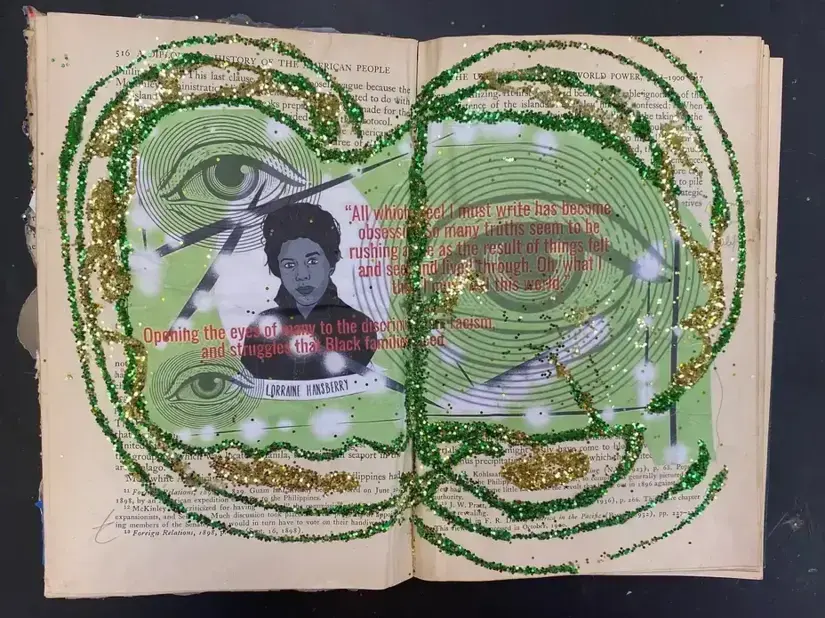
Arts and English Language Arts teachers teamed up to create a unit that centers on deconstruction, reconstruction, and cultural identity. Students deconstruct United States history texts, uncovering what historical silences exist in the process. After deconstructing the text to find missing stories, they research to fill those gaps. Ultimately, they reconstruct U.S. history using creative writing and art to integrate their findings into history books. Along the way, they learn about the formation of cultural identity and get to explore their own.
3. Literacy and Liberation
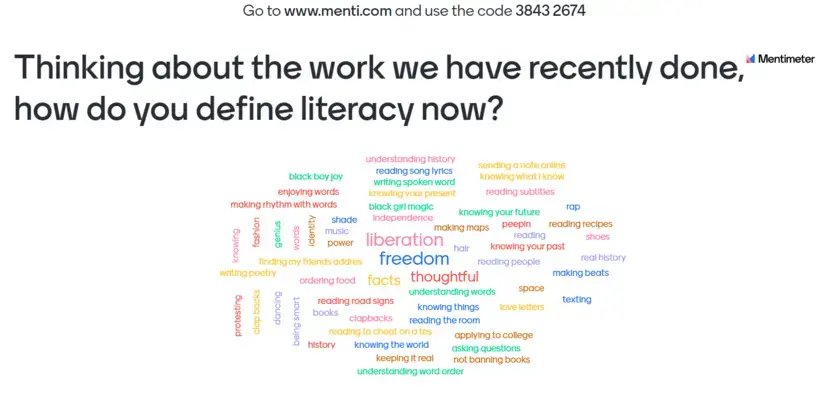
In this unit, students explore the relationship between literacy and liberation. Created by the Good Trouble team for high school students, this unit aims to expand students’ conceptions of literacy by exploring the various modes of literacy. Students also analyze how literacy is a tool for liberation and develop their community literacy action projects.
4. Reading as Resistance
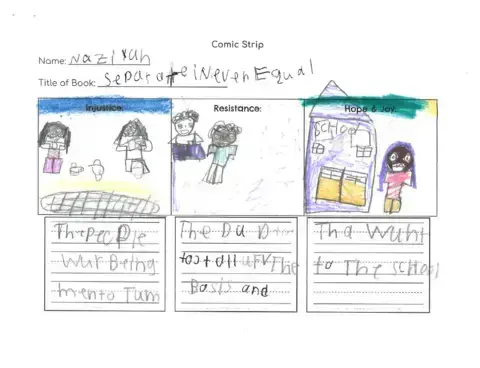
Injustice, resistance, hope, and joy are at the heart of this unit. Elementary school students uncover the definitions of these four concepts by utilizing various stories of how people of color overcame challenges. This unit also inspires introspection as students define their own strengths and determine how these strengths are forms of resistance. Students create self-portraits and craft paragraphs about their personal strengths as testaments to this self-discovery.
5. Belonging and Memory in Athens, GA
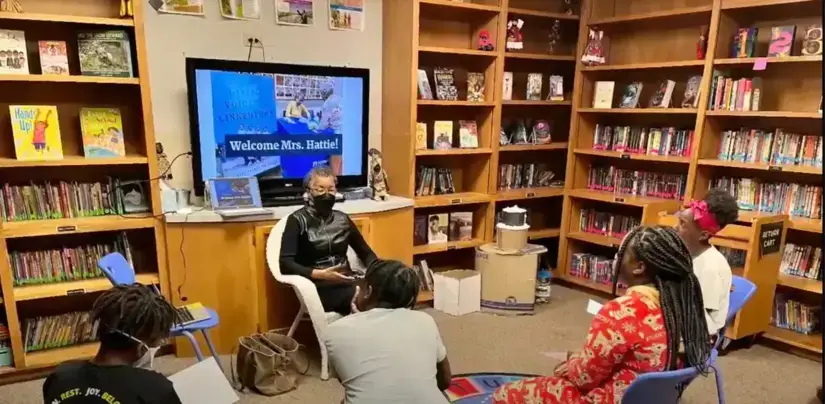
This unit is all about local history. Using interviews with residents and photo essays as evidence, students pen five-paragraph essays that answer how Black Athenians have experienced belonging and displacement over time.
6. Composition, Context, Representation, and Reality
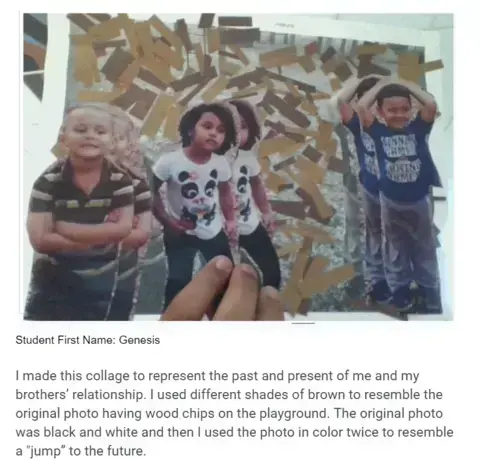
The Radical ReVision team designed this unit to help students better understand composition, narrative, and perspective. Students learn that a single composition does not capture the entire story, that composers design compositions to convey a particular perspective, and that composers are driven by their views to put their own truths out in the world. With this foundation, students then become composers. They create either found/blackout poems, collages, or altered images that communicate a personal truth.
7. African Civilization & African Diaspora
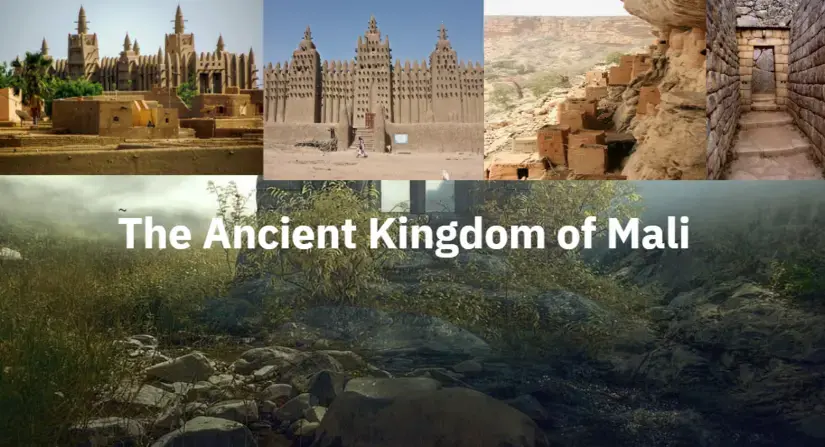
Designed by the Impact Public Schools team for middle school scholars, this unit centers on abolition, enslavement, and African civilizations. Students explore the history of African societies before the trans-Atlantic slave trade, research African kingdoms and their influence on American culture, and explore the reasons behind the existence of enslavement. Ultimately, students will create a multimedia presentation highlighting the achievements, leaders, culture, and art of the African kingdoms they researched. They will also have the opportunity to develop articles on abolitionists, focusing on how their abolitionist’s actions contributed to the end of enslavement.
8. Commodities, Contributions, and Compensation
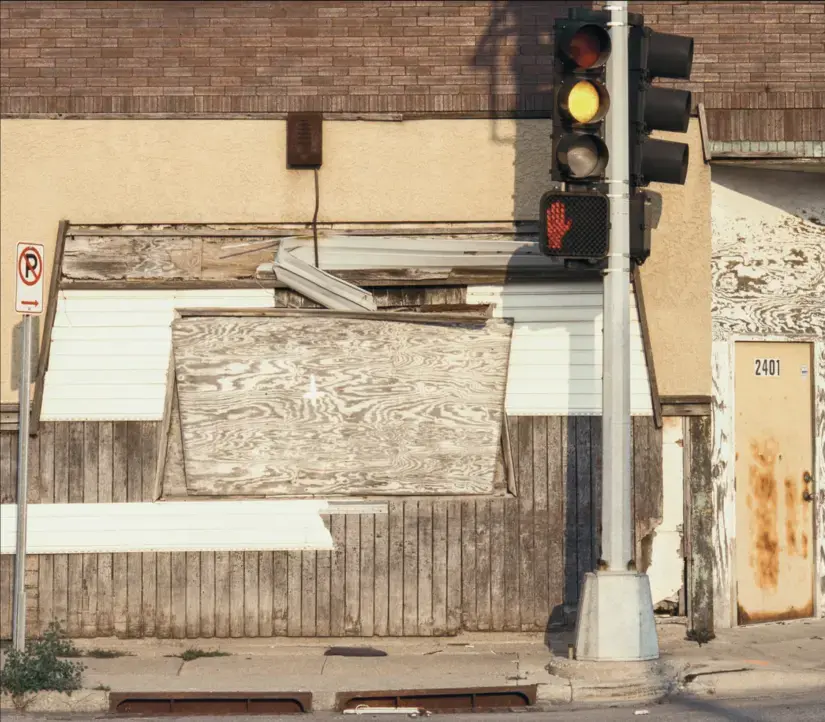
In this unit, students analyze and examine enslavement in the United States and Black Americans’ contributions to American society. Through engagement with resources from The 1619 Project and other supplemental materials, students explore how enslaved Black labor became a commodity that helped establish the success and wealth of the United States, how Black Americans contributed to the formation of American democracy, and whether Black Americans are deserving of compensation based on their labor and contributions. Students then synthesize their learning into an essay arguing whether the United States owes reparations to descendants of enslaved Black Americans.
9. A Children’s History
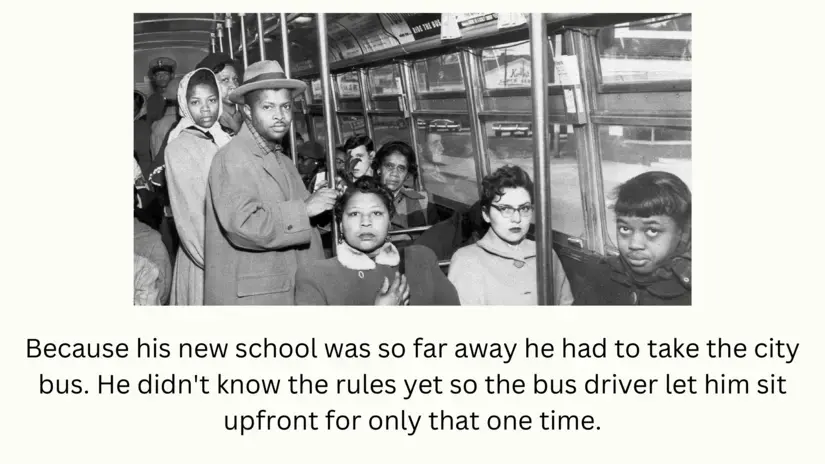
High school students create children’s books on underreported stories in United States history in this unit. A Children’s History permits students to explore historical erasure and learn about underreported aspects of U.S. history. Students then select an underreported story to become an expert on and familiarize themselves with this little-known history through research. Once their research is completed, students explore pedagogy by developing their own approach to teaching younger students about the topic. The unit culminates with the students creating children’s books about their underreported stories.
10. There Cannot Be Climate Justice without Environmental Justice
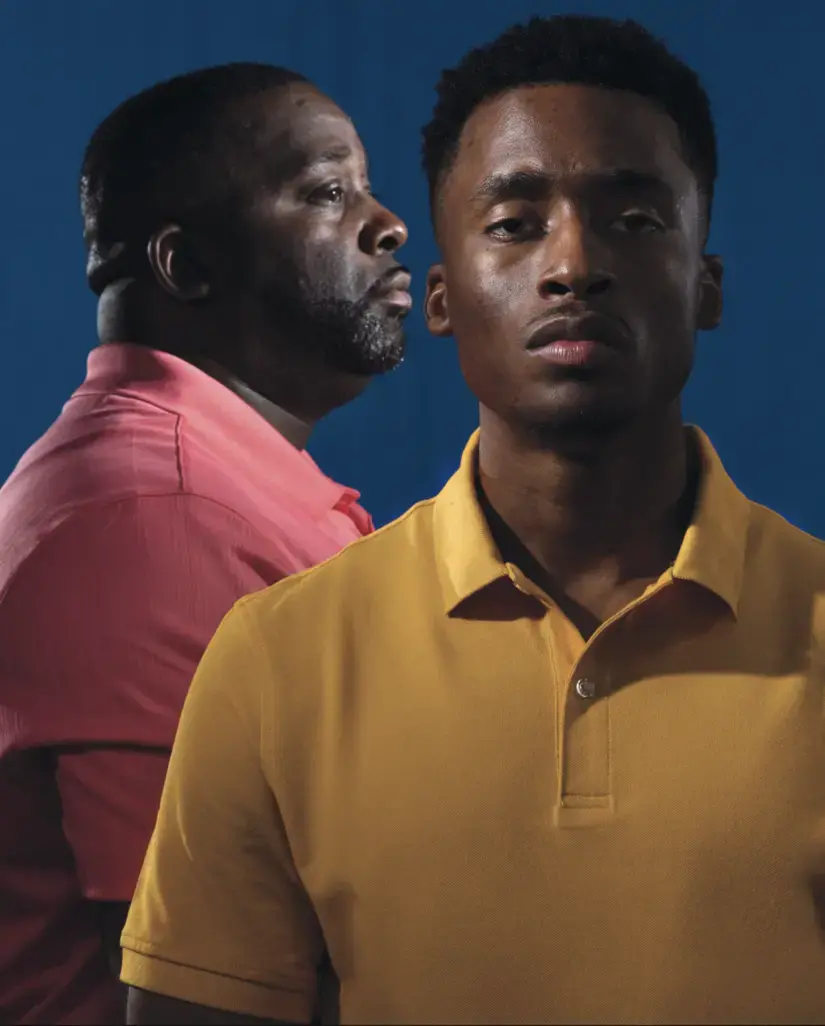
The Chavis Eye on Environmental Racism team designed this unit to encourage students to become environmental justice advocates and active community citizens. Each week, students learn about an aspect of environmental racism, as well as solutions to environmental racism and those who are actively working to effect change through case studies. Students learn how environmental racism is a legacy of enslavement and how it accelerates the breakdown of communities. Students also explore connections between ecological degradation and systemic racism. As students learn, they create a TikTok, news clip, or PowerPoint that captures their weekly takeaways. The unit culminates with an environmental justice fair where students present what they learned.



